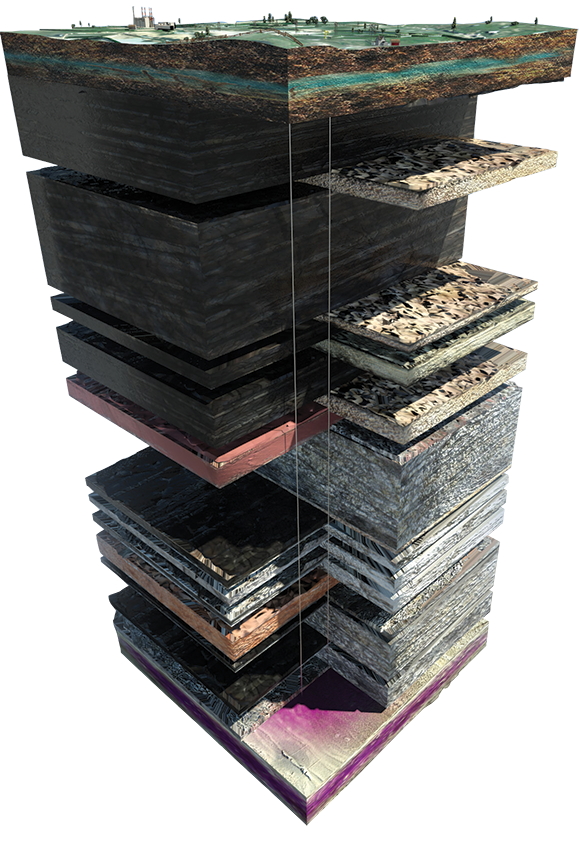The Petroleum Technology Research Centre is excited by the recent announcement in the Government of Canada’s 2021-22 Budget that two major incentive programs have been launched to support carbon capture, utilization and storage in Canada.
The development of a tax incentive to encourage large-scale emitters to capture their CO2 emissions is an enormous leap forward for many industries that have few options – beyond energy efficiency – for eliminating CO2 produced by their industrial processes. Steel manufacturers, cement makers, chemical plants, and other set-point sources, will soon have tax incentives to help pay for capture technology that may reduce or eliminate emissions entirely.
Of course, there can be no useful capture without efficient, safe and effective storage, and this is the part in the CCS chain in which the PTRC has excelled. Our current research consortium project – Aquistore – has already taken over 370,000 tonnes of CO2 from SaskPower’s Boundary Dam Power Station and permanently sequestered it 3.2 km deep underground in a brine and sandstone formation.
The PTRC is committed through the Aquistore site – the largest field laboratory in the world for directly measuring, monitoring and studying the deep subsurface storage of CO2 – to providing and evaluating the most effective and efficient monitoring systems, assuring that new CCS projects will be able to keep their costs low and public confidence in the security of storage high.
PTRC has also conducted a preliminary study into an exciting new use for Aquistore – the use of its stored CO2 for carrying heat from deep within the earth to the surface for geothermal power generation. This exciting new possible utilization of stored carbon for conversion to electrons may help future storage projects generate power for their own operations, or to add to power grids.
Again, we applaud the new Canadian federal initiatives to advance carbon capture, utilization and storage, both for the future of Canada’s energy security and environmental stewardship.

